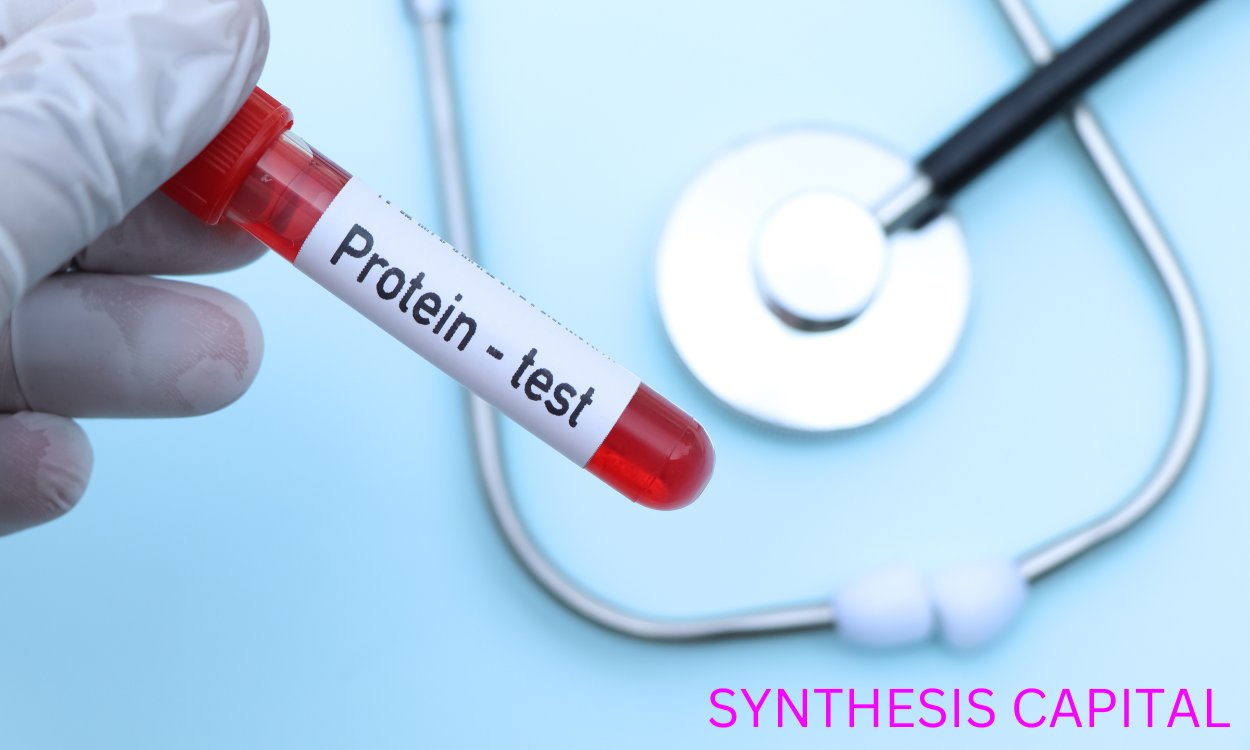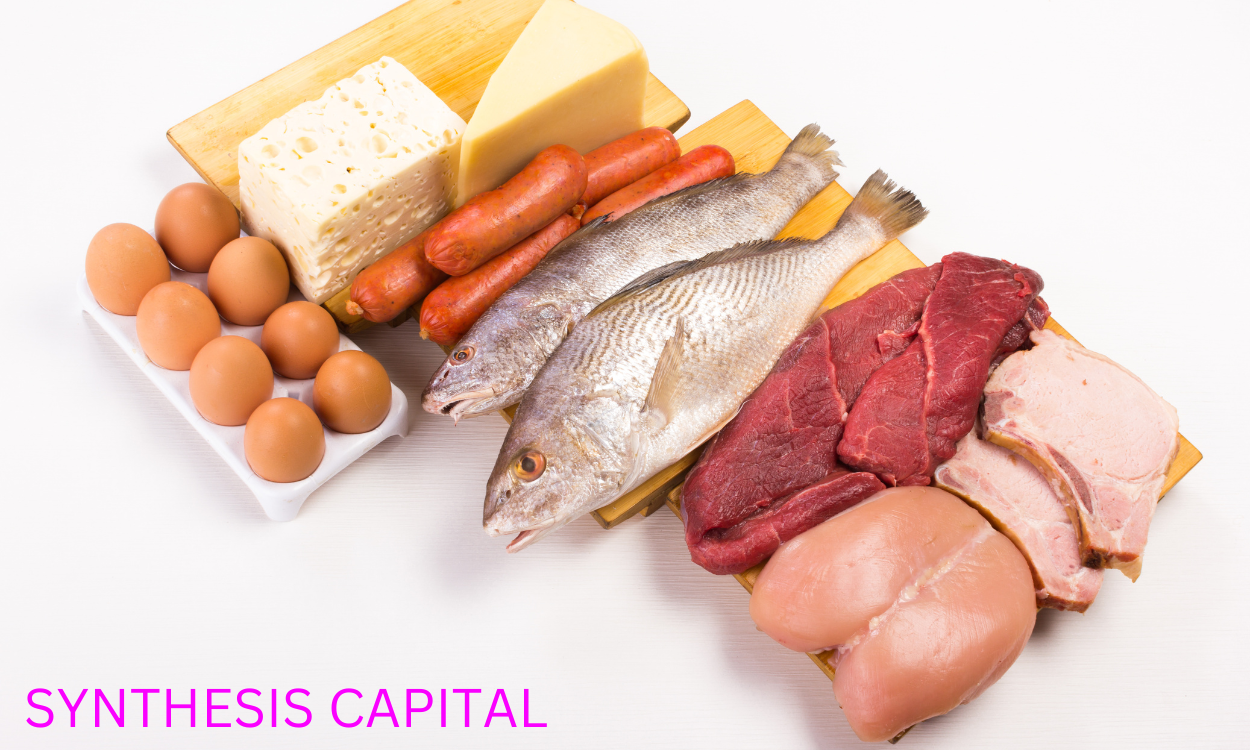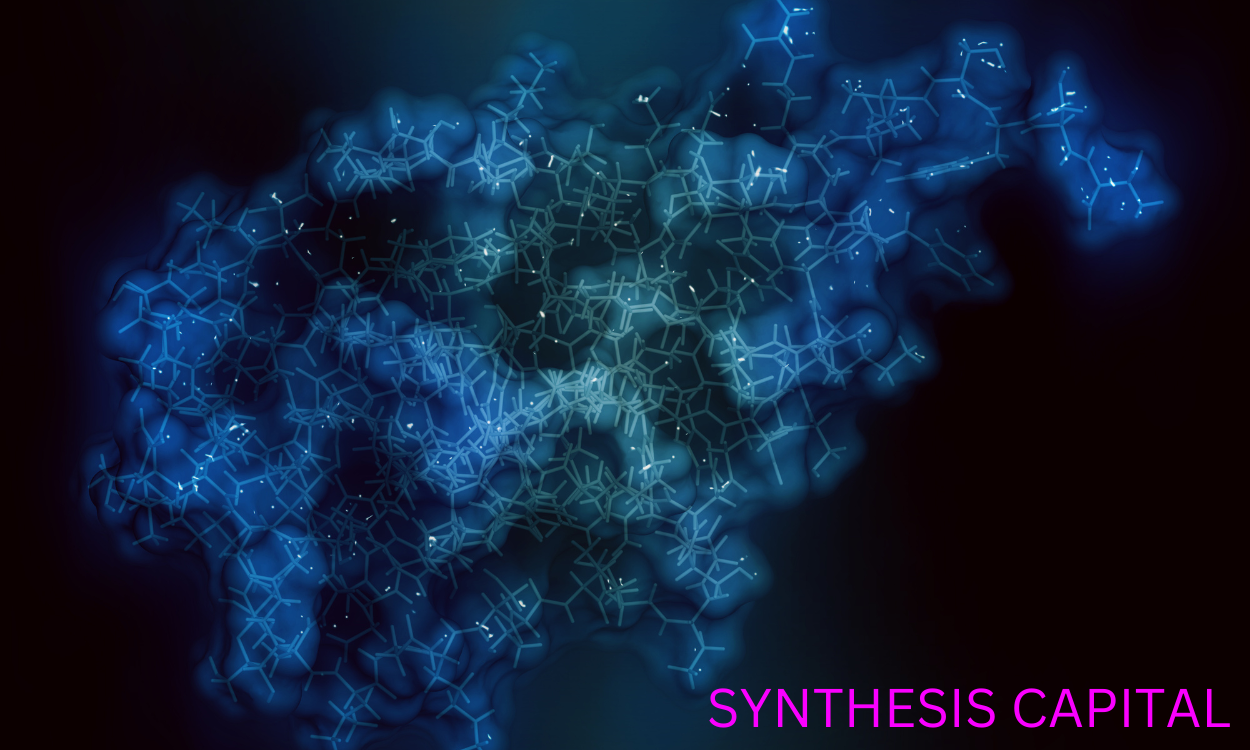Plant enzymes play a crucial role in various biological processes, making them valuable components for applications in industries such as food, pharmaceuticals, and biotechnology. The extraction of crude enzymes from plants involves a series of steps to isolate and purify these enzymes for further use. By utilizing methods such as homogenization, centrifugation, and chromatography, researchers can obtain a concentrated solution of enzymes that can be utilized for a wide range of applications. This process not only allows for the extraction of specific enzymes but also enables the preservation of their functionality and stability, making plant-derived enzymes a valuable resource for various industries.
Common Methods for Extracting Crude Enzymes from Plants
The most common methods used for extracting crude enzymes from plants include homogenization, sonication, and maceration. In homogenization, the plant tissue is physically disrupted using a high-speed blender or mortar and pestle to release the enzymes. Sonication involves subjecting the plant material to high-frequency sound waves to break down the cell walls and release the enzymes. Maceration is a process where the plant tissue is soaked in a solvent such as water or buffer solution to extract the enzymes through diffusion. These methods are widely used due to their simplicity, efficiency, and ability to preserve the enzymatic activity of the extracted enzymes.

How does the type of plant affect the extraction process for crude enzymes?
The type of plant can significantly impact the extraction process for crude enzymes due to variations in cell wall composition, tissue structure, and enzyme distribution. Plants with tougher cell walls, such as woody plants or seeds, may require more aggressive methods of disruption (such as grinding or homogenization) to release enzymes from within the cells. Additionally, the location of enzymes within different plant tissues (e.g., leaves, stems, roots) can affect the efficiency of extraction, as some tissues may contain higher concentrations of enzymes than others. Furthermore, the presence of inhibitors or proteases in certain plant species can interfere with the stability and activity of extracted enzymes, necessitating additional purification steps to obtain a high-quality enzyme extract.
Challenges in Extracting Crude Enzymes from Plants
Some of the challenges faced when extracting crude enzymes from plants include the variability in enzyme content and activity among different plant species, tissues, and growth conditions, making it difficult to standardize extraction methods across different sources. Additionally, the presence of other interfering compounds such as polyphenols, polysaccharides, and protease inhibitors can hinder the purification and stabilization of crude enzymes. The extraction process itself can also be labor-intensive and time-consuming, requiring optimization of parameters such as solvent selection, pH, temperature, and extraction time to achieve maximum yield and activity of the desired enzymes. Furthermore, the stability of crude enzymes after extraction can be a concern, as they may degrade or lose activity during storage and processing.
Are there specific parts of the plant that are more ideal for enzyme extraction?
Certain parts of the plant, such as the leaves, roots, or seeds, may contain higher concentrations of enzymes compared to other parts. This is often due to the specific function of the enzymes within those tissues and their role in various metabolic processes. For example, leaves may be a good source for photosynthesis-related enzymes, while roots may contain enzymes involved in nutrient absorption. Additionally, some plants may store enzymes in specific organs or structures for easy access when needed. Therefore, selecting the appropriate part of the plant for enzyme extraction can significantly impact the yield and quality of the extracted enzymes.
Determining the Purity of Extracted Crude Enzymes
The purity of extracted crude enzymes is typically determined through various methods such as protein concentration assays, SDS-PAGE analysis, and specific enzymatic activity assays. Protein concentration assays, such as the Bradford or Lowry assay, can provide an estimate of the total protein present in the crude extract. SDS-PAGE analysis allows for the separation of proteins based on their molecular weight, providing insight into the complexity and purity of the enzyme mixture. Specific enzymatic activity assays involve measuring the catalytic activity of the target enzyme in the crude extract, confirming its presence and assessing its purity based on the ratio of active enzyme to total protein. These methods collectively help researchers evaluate the quality and purity of the extracted crude enzymes for further downstream applications.

Factors Affecting Yield of Crude Enzymes in Plant Extraction
The yield of crude enzymes extracted from plants can be impacted by various factors such as the plant species and their age, the method of extraction used, the solvent and buffer systems utilized, as well as the pH and temperature conditions during extraction. Factors like the presence of inhibitors or activators in the plant tissue, the storage conditions of the plant material, and the presence of other compounds that may interfere with enzyme activity can also affect the overall yield of extracted crude enzymes. Additionally, variations in harvesting techniques, processing methods, and the overall health of the plant can all play a role in determining the final yield of enzymes obtained from plant sources.
Are there any alternative methods or technologies being extraction of crude enzyme from plant developed for extracting crude enzymes from plants?
Yes, researchers are exploring various alternative methods and technologies for extracting crude enzymes from plants. Some of these include ultrasound-assisted extraction, enzyme-assisted extraction, microwave-assisted extraction, and supercritical fluid extraction. These techniques are being developed to improve efficiency, reduce processing time, and enhance the extraction of crude enzyme from plant yield of enzymes extracted from plant sources. Additionally, advancements in nanotechnology are also being leveraged to develop novel approaches for enzyme extraction from plants. Overall, these alternative methods and technologies show promise in revolutionizing the extraction process of crude enzymes from plants, making it more sustainable and cost-effective.
Storage and Preservation of Extracted Crude Enzymes
Extracted crude enzymes are typically stored and preserved for future use by being kept in a cool and dry environment to prevent degradation. They are often stored in airtight containers or vials to minimize exposure to oxygen, which can lead to enzyme denaturation. Additionally, some enzymes may be stored at low temperatures, such as in a freezer or refrigerator, to further prolong their shelf life. It is crucial to handle the enzymes carefully during storage to maintain their activity and effectiveness for future applications.
- Use fresh plant material for optimal enzyme activity

- Choose a suitable extraction buffer to maintain enzyme stability
- Utilize techniques such as grinding, homogenization, and sonication to break down plant cell walls
- Centrifuge the extract to separate crude enzyme from plant debris